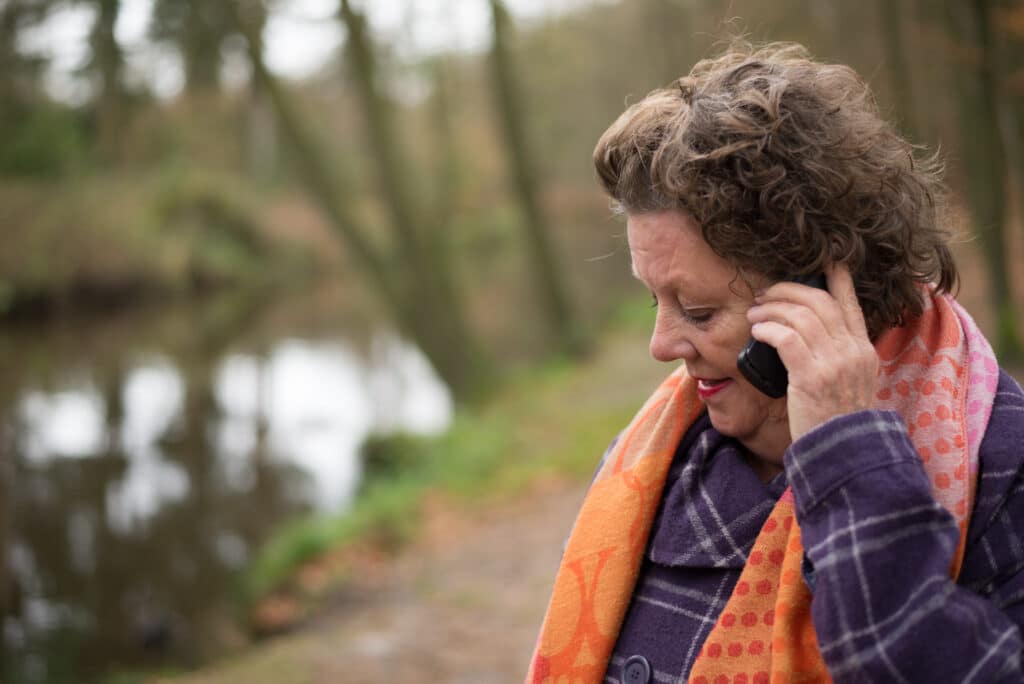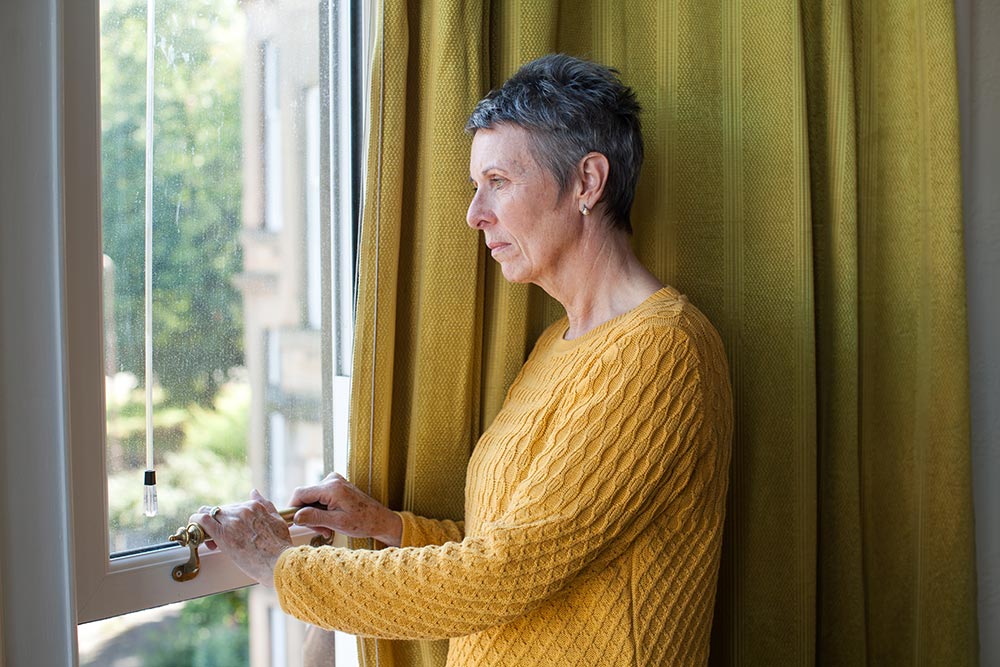What is coercive control?
Domestic abuse isn’t always physical. Coercive control is an act or a pattern of acts of assault, threats, humiliation and intimidation or other abuse that is used to harm, punish, or frighten their victim.
This controlling behaviour is designed to make a person dependent by isolating them from support, exploiting them, depriving them of independence and regulating their everyday behaviour.
We campaigned and succeeded in making coercive control a criminal offence. This has marked a huge step forward in tackling domestic abuse. But now we want to make sure that everyone understands what it is.
Coercive control creates invisible chains and a sense of fear that pervades all elements of a victim’s life. It works to limit their human rights by depriving them of their liberty and reducing their ability for action. Experts like Evan Stark liken coercive control to being taken hostage. As he says: “the victim becomes captive in an unreal world created by the abuser, entrapped in a world of confusion, contradiction and fear.”
How do you know if this is happening to you?
Some common examples of coercive behaviour are:
- Isolating you from friends and family
- Depriving you of basic needs, such as food
- Monitoring your time
- Monitoring you via online communication tools or spyware
- Taking control over aspects of your everyday life, such as where you can go, who you can see, what you can wear and when you can sleep
- Depriving you access to support services, such as medical services
- Repeatedly putting you down, such as saying you’re worthless
- Humiliating, degrading or dehumanising you
- Controlling your finances
- Making threats or intimidating you
You can read more in this article we wrote for The Telegraph
Statistics on coercive control
- There were 17,616 offences of coercive control recorded by the police in the year ending March 2019, compared with 9,053 in the year ending March 2018. (ONS, 2019).
- The CPS Case Information System recorded 1,177 offences of coercive and controlling behaviour in an intimate or family relationship where a prosecution commenced at magistrates’ courts in the year ending March 2019. 97% of defendants prosecuted for coercive and controlling behaviour in the year ending December 2018 were male. (ONS, 2019).
- Analysis of Merseyside Police domestic abuse data found that 95% of coercive control victims were women and 74% of perpetrators were men. 76% of coercive control cases happened within an intimate partner context. The study found that common abusive behaviours used in coercive control included “…use of technology (such as phone trackers, controlling social media usage, barrage of text messages or monitoring phone usage), sexual coercion, monitoring behaviours, isolation, threats, financial abuse, deprivation (depriving access to support) and physical violence (63% of coercive control cases featured reports of physical violence).” (Barlow et al, 2018)
- One study of data from the Crime Survey for England and Wales found that women are far more likely than men to be victims of abuse that involves ongoing degradation and frightening threats – two key elements of coercive control. (Myhill, 2015)
Getting help and advice

To access support over the phone, call: National Domestic Abuse Helpline – 0808 2000 247 or find out about our other support services below.

If you think your teenage daughter is in a coercive relationship, we’ve created a toolkit to help.

Find out more about domestic abuse, how to spot the signs of abuse and how to get help and support.
References
Barlow, C., Walklate, S., Johnson, K., Humphreys, L. and Kirby, S. (2018) Police responses to coercive control. Published online: N8 Policing Research Partnership (156 of the cases studies were listed as S.76 coercive control offences, the data studied were from January 2016-June 2017.)
Myhill, A. (2015) ‘Measuring coercive control: what can we learn from national population surveys?’ Violence Against Women. 21(3), pp. 355-375
Office for National Statistics (ONS). (2019) Domestic abuse in England and Wales: year ending March 2019. Published online: ONS



